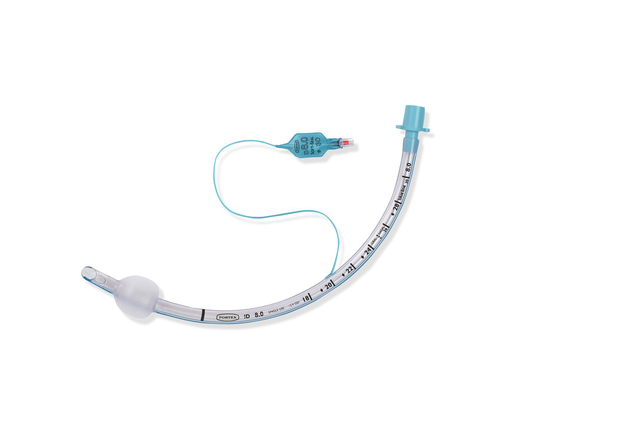
气囊压力管理的常规解决方案需要您手动监测和调节气囊压力。
您可能需要多达每天八次手动调节才能始终维持所需的气囊压力 (

IntelliCuff 通过连续测量和自动维持所设置的成人、儿童和新生儿病人的气囊压力,安全管理病人的气道 (
您可以将其作为独立设备用于所有机械呼吸机,也可作为集成解决方案用于 HAMILTON-C6 和 HAMILTON-G5/S1。

您只需设置所需的气囊压力,然后 IntelliCuff 自动控制,持续监测和维持所设定的压力。测量的气囊压力作为一个监测值显示。
如果气囊损坏,则 IntelliCuff 发出报警,并持续补偿泄漏,以保持气道安全。

我们把 IntelliCuff 用作帮助预防机械通气病人发生呼吸机相关性肺炎的标准装置。IntelliCuff 定期自动调整气囊压力。这给了我们护理人员很大帮助,因为我们不再需要每小时手动检查气囊压力。
ICU 护理部主任
瑞士库尔格劳宾登州州立医院

使用 IntelliCuff 等连续气囊压力控制系统可更有效地使气囊压力维持在最佳范围 (
为避免气管损伤和压疮,IntelliCuff 将默认气囊压力设置为 25 cmH2O (

IntelliCuff 可作为所有呼吸机的一个独立设备提供,或作为 HAMILTON-C6 和 HAMILTON-G5 选配功能及 HAMILTON-S1 标准功能集成方案提供。